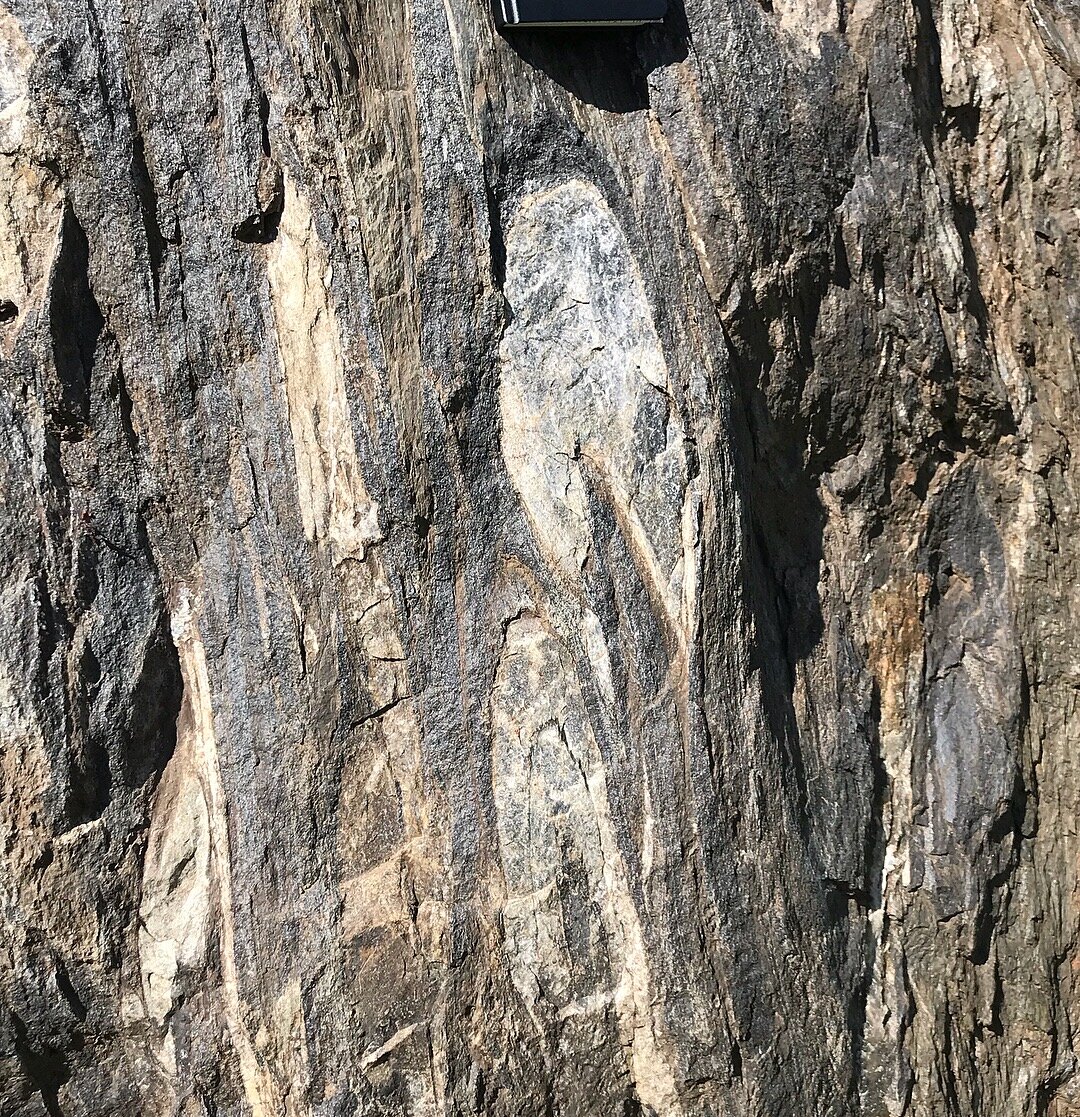Current Classes Taught
So far, I have taught or developed more than eleven different courses at Wheaton College. In addition to our introductory course, I also rotate through upper-level undergraduate course assignments that deal with rocks, minerals, and field geology. In previous teaching positions, I also taught introductory-level courses on Indiana Geology, Environmental Problems, Environmental Geology, and Earth History.
Matthiessen State Park in Illinois on a field trip for Dynamic earth and environment
GEOL/ENVR 212: Dynamic Earth & Environment
We just combined our introductory geology and environmental science courses into a single course beginning Fall 2019 that will serve both majors in the department (Geology and Environmental Science), the Sustainability Certificate, and many non-majors. I am working to rewrite the curriculum, with a focus on active learning activities. You can find my students flipping coins, doing puzzles, and using small whiteboards to solve problems. We play a semester-long version of a game based on the reality game show Survivor as we learn about how geology and environmental science help humans survive and thrive. Students also complete sustainability audits to evaluate their use of natural resources and design experiments to test how that impact scales to the campus level.
Igneous rock on the coast of SAo miguel island in the azores
Geology 344: Igneous & Metamorphic Petrology
Petrology is taught in the Fall semester of odd years and is the second course in a sequence of three courses preparing students for field camp. Students take what they learned from Mineralogy and combine minerals into rocks. The course content is split approximately into thirds, with a third of the course focused on igneous rocks, a third of the semester on metamorphic rocks, and a third of the semester on high-temperature geochemistry. The igneous and metamorphic labs focus on practicing hand sample and thin section identification of minerals and using identified minerals and rock textures to give rocks an appropriate name. Students are also exposed to geochronology and petrochronology techniques and take a field trip to Southern Illinois and Missouri.
Crater created using a metal ball bearing and a slingshot during earth history lab
GEOL 321: Earth History & Stratigraphy
Earth History and Stratigraphy allows us to step through more than 4 billion years of Earth’s history in a single semester. This course is often one of the first courses taken by new geology majors and also serves non-majors and minors by fulfilling general education credit. We go on two field trips for the course: one to Chicago’s Field Museum and the other into the field in Baraboo, Wisconsin. Lab exercises focus on learning stratigraphy skills that will introduce majors to skills that will be further developed in advanced courses and field camp. The students’ favorite lab is always the crater lab though, where we use metal ball bearings and a sling shot to create craters in a sandbox. The course also focuses deeply on how we determine the age of the Earth and the types of evidence used to study Earth’s history.
Detached fold hinges in the black hills of south dakota
GEOL 443: Structural Geology
Structural Geology is taught in the Spring semester of even years and is the final course leading up to the field camp capstone experience. Structural geology helps geology majors understand how tectonics and deformation change Earth’s materials and develop the ability to visualize features in three-dimensions. Students are introduced to the Brunton compass and learn to analyze structures in the field, including a weekend field trip to Baraboo, Wisconsin. In lab, students complete exercises based on a fictional map area themed after the Lord of the Rings to practice structural analysis, interpretation, and synthesis. Finally, students are challenged to use everyday objects to create an analog model of a process or feature we learn about in class. Past projects have included showing the development of rotated porphyroblasts using raisins or building sandbox models to show faulting in a layered system.
Garnet in hand sample from the southern appalachian mountains
GEOL 343: Fundamentals of Mineralogy
Mineralogy is taught in the Spring semester of odd years and is the first in a sequence of three courses preparing students for field camp. In lab, we focus on the techniques that geologists use to identify minerals in hand specimen, under a petrographic microscope, and using the department’s XRD and XRF instruments. Students are challenged to identify mystery mineral specimens in weekly mineral identification challenges. Could you name five unlabeled minerals and figure out the week’s theme? Students also use 3D-printed crystal models to learn basic crystallography, gain hands-on experience with microscopy, and compete to grow the largest single crystal in the lab.
Bear Butte in the black hills of south dakota - one of the field mapping sites
GEOL 412: Field Geology
Field Geology is a part of the Geology major’s 8-week capstone field experience at the Wheaton College Science Station just outside Rapid City, South Dakota. Field Geology is offered in June and July of even years. Students spend the first two weeks learning Sedimentary Petrology using the rocks that they will see all summer before embarking on the six week Field Geology course and learning to map those rocks. This course ensures that geology majors have practical hands-on field experience with rock identification, Brunton compass and GPS use, and field interpretation of rock outcrops. Students complete a large, multi-day mapping project each week. In addition to mapping, students are exposed to varied geology in the Black Hills, the Bighorn Mountains, Yellowstone National Park, Grand Tetons National Park, and Badlands National Park.







